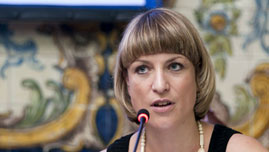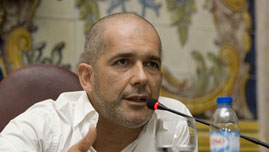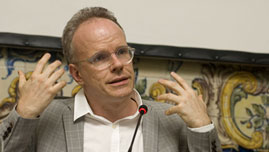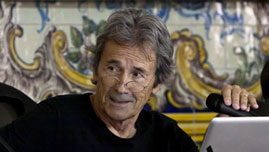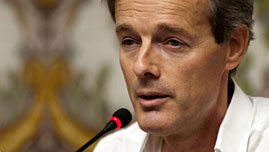This Talk departs from
Hans Ulrich Obrist’s work
do it.
do it stems from an open exhibition model where individual instructions can open empty spaces for occupation and invoke possibilities for the free interpretation and rephrasing of artworks.
The designers’ instructions specify the participation of community members, bridging the gap with performance sites.
Everyday actions and materials serve as the starting point for the designs to be recreated at each “performance site” according to the designers’ written instructions. Each realisation of
do it occurs as an activity in time and space. Meaning is multiplied as the various interpretations of the texts accumulate in venue after venue.
To create work according to
do it each museum must select and create at least fifteen of the thirty potential actions, thus ensuring that not only will the individual designs diverge as a result of interpretation, but that a new group constellation will emerge each time the exhibition is presented. At the end of each
do it exhibition the hosting institution is obliged to destroy the artworks and respective instructions. The discrete components from which the work was made are to be returned to their original context, making
do it almost completely reversible.
Hans Ulrich Obrist





